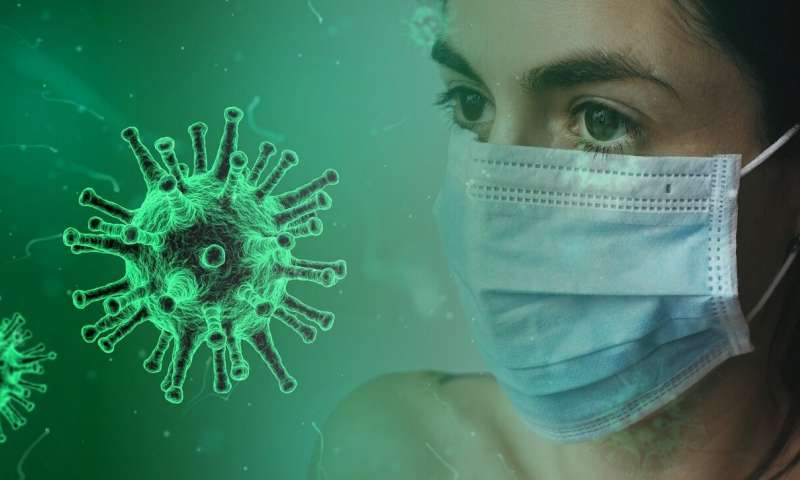Researchers at Université Laval, the Centre de recherche du CHU de Québec-Université Laval and Université de Montréal received a $2.2 million grant today from the COVID-19 Immunity Working Group to measure the impact of the pandemic on food workers.
The research team will follow 450 food workers in grocery stores, restaurants and bars in the Capitale-Nationale and Chaudière-Appalaches regions over the next six months. A group of 150 hardware workers will also be studied for comparison purposes.
Sylvie Trottier, director of ULaval’s faculty of medicine’s department of microbiology, infectious diseases and immunology, is leading the research, which aims to find how how exposed the workers are to the SARS-CoV-2 virus that causes COVID-19 and how they’re affected.
The study is supported by a labor union federation and an industry assocition: the Fédération du commerce de la Confédération des syndicats nationaux (CSN) and the Association québécois de la quincaillerie et des matériaux de construction (AQMAT).
“Since the beginning of the pandemic, food workers have been at high risk of COVID-19 infection because of their daily contact with a large number of people,” said Denis Boudreau, a professor in the Faculty of Science and Engineering at Université Laval.
“However, there is still no precise data on the rate of exposure of these workers to the virus and on the immune response that this exposure causes. Our study will attempt to shed light on these issues. “
Researchers will collect blood samples to determine the presence of antibodies to the COVID-19 virus and to establish the prevalence of infections—both symptomatic and non-symptomatic—in these at-risk workers. Follow-up sampling at 12 and 24 weeks will measure the incidence of infection over the six-month study period.
An optical detection method
In addition to traditional serological techniques, the research team will use an optical detection method developed by Boudreau and two colleagues at Université de Montréal, Jean-François Masson and Joelle Pelletier. Both are professors in UdeM’s Department of Chemistry; Masson specializes in analytical instrumentation and Pelletier in protein engineering.
The technology, called surface plasmon resonance spectroscopy, uses a light beam to detect virus antibodies captured on a thin metal film. This technique allows for rapid assessment of the quality of the antiviral response and the affinity of the antibodies for the virus.
“We’ve worked together before, in collaboration with Ste-Justine Hospital, and so were able to rapidly transition to studying COVID-19,” said Pelletier. “With our surface plasmon resonance antibody screening methods,” added Masson,”we’re able to distinguish between immunity acquired after infection with the virus and immunity acquired after vaccination.”
A second part of the study, led by professors Caroline Gilbert and Mariana Baz of the Centre de recherche du CHU de Québec-Université Laval, will aim to better understand the response of the entire immune system, and the role played by neutrophils and T lymphocytes, during SARS-CoV-2 infection.
Julie Gazaille, University of Montreal


